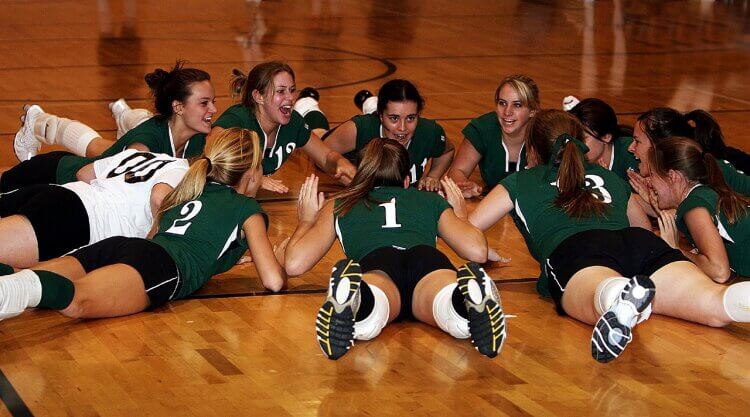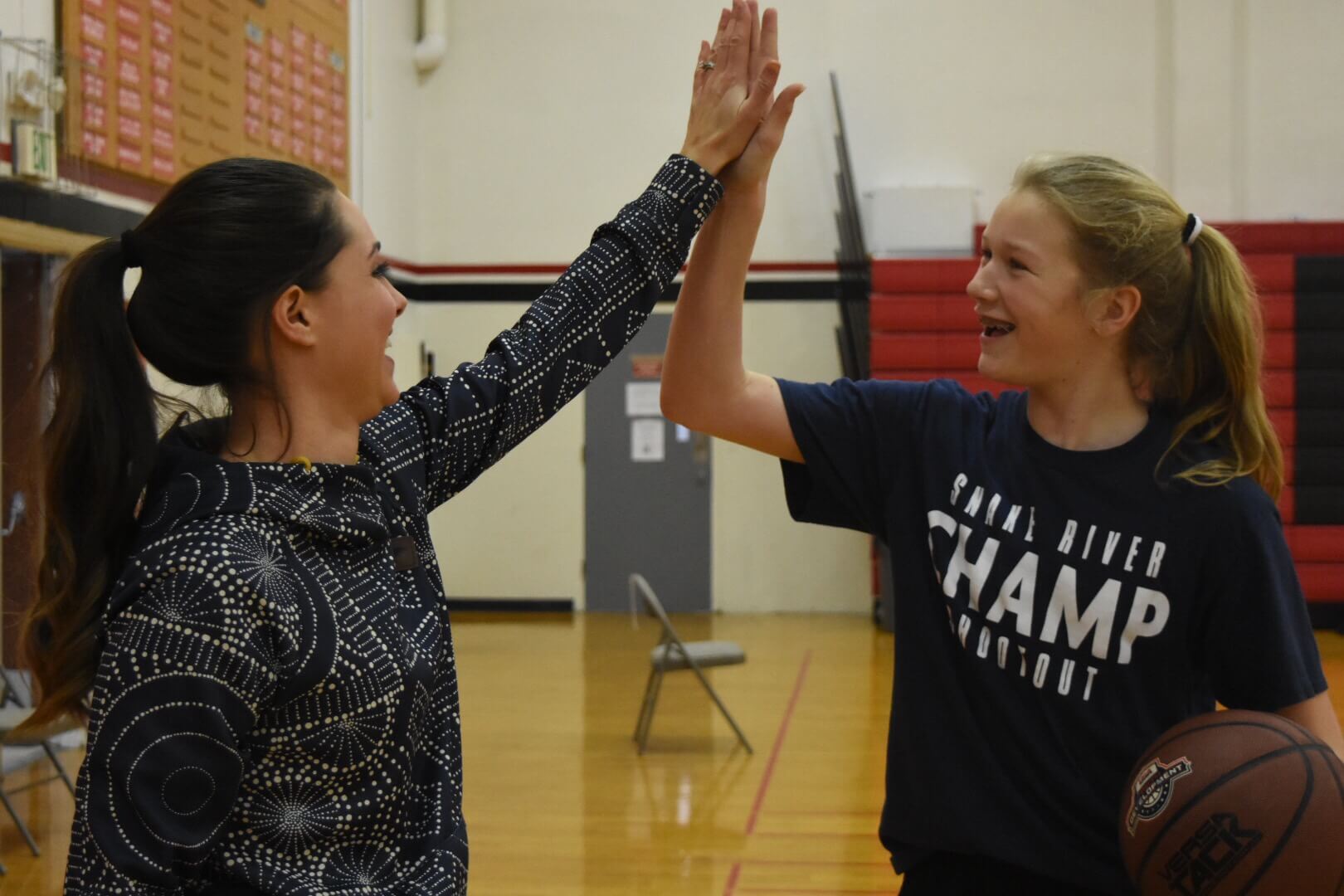In the continual quest for better coaching practices, advocates of this profession have sought to identify key factors that contribute to the success of any sporting endeavor, and team cohesion is undeniably linked to that success (Carron, Bray, & Eys, 2002; Vincer & Loughead, 2010). Regardless of whether the sport one coaches are individual or team-based, perceptions of team cohesion are strongly related to athlete performance (Turman, 2003).

To most coaches, this might seem intuitive, but this topic is worthy of further exploration. Therefore, the purpose of this article is to describe team cohesion in sports and the factors that affect it while ultimately providing coaches with strategies for achieving team cohesion.
Cohesion Defined
Cohesion has several definitions, but Bollen and Hoyle (1990) provide the following description in relation to its connection to group performance: “an individual’s sense of belonging to a particular group and his or her feelings of morale associated with membership in groups” (p. 482). Generally, if athletes feel a strong and positive connection with their teammates and coaches then cohesion is high. So in essence, cohesion is a feeling that athletes have about being on a team. A prominent psychotherapist, Yalom (1995), described group cohesion as the attractiveness of the group to its members. In order for athletes to be attracted to a team, it must offer something that they need. Most coaches probably assume that the opportunity to compete is enough to meet that need but in reality it is far more complex. Indeed, there are two main types of cohesion of which coaches should be aware.




